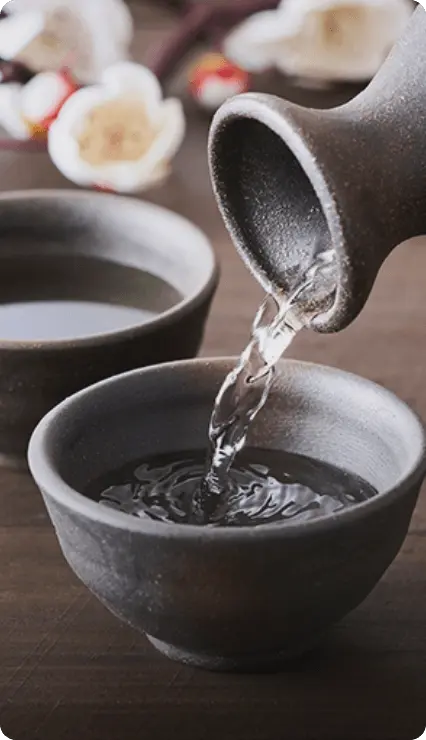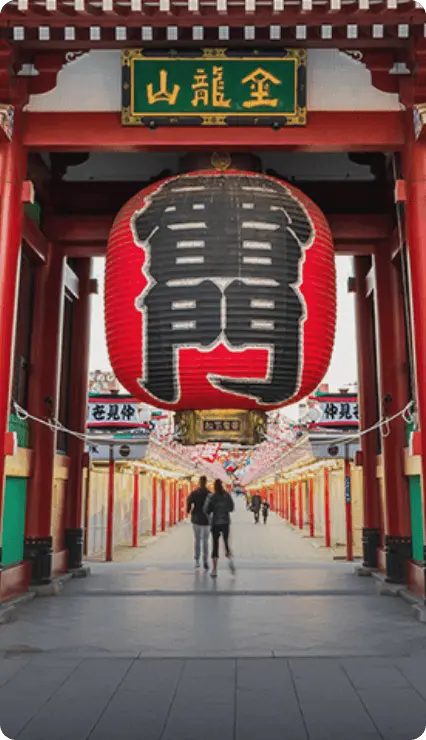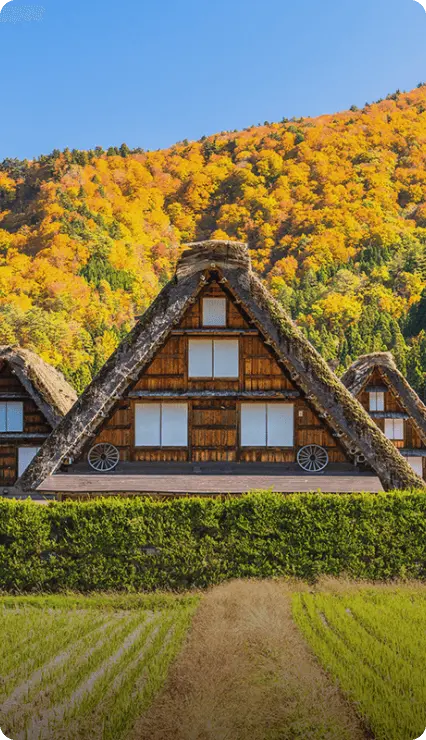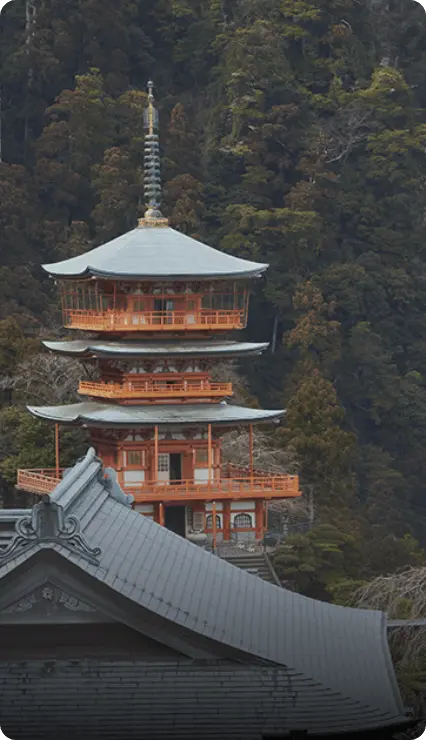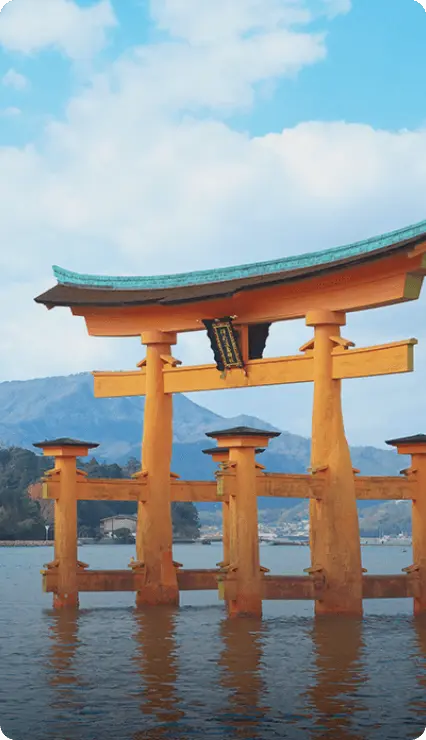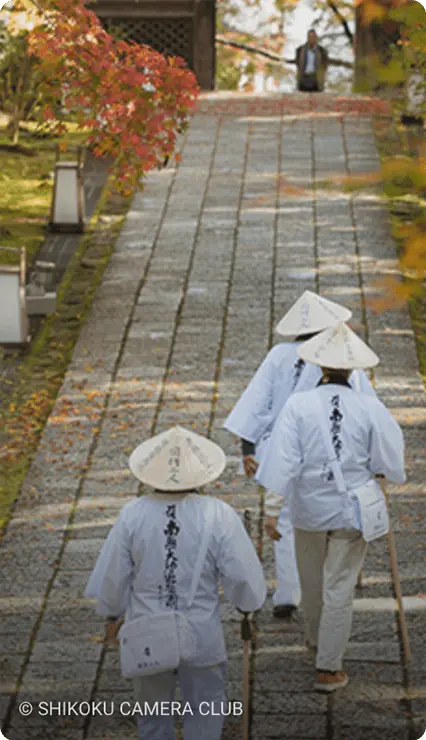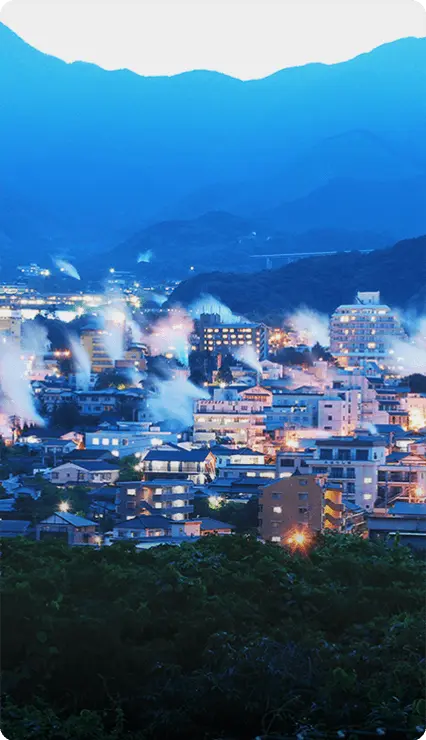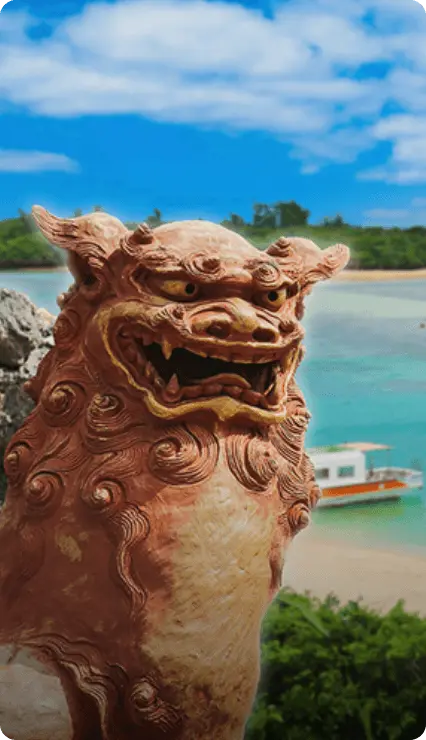A culinary adventure in Kansai

Produced for Japan National Tourism Organization by

Please always refer to the latest government advice before booking travel and departing on any trip.
-
Go off the beaten path to discover the rich culinary traditions of Japan’s Kansai region.
-
While the Kansai region is well known for the high-octane buzz of Osaka and the Unesco-designated temples, shrines and gardens of Kyoto and Nara, it’s also Japan’s culinary heart, with numerous opportunities for travellers to immerse themselves in Japanese food culture, both on and off the traditional tourist trail. A farm-stay in the Nara countryside, sampling sake in Hyogo, and dining on plant-based Buddhist cuisine at a temple in Wakayama are just a few of the Kansai experiences that await. You could add a seafood lunch with Ama divers in Mie or a trip to Kyoto’s tea fields, plus much more.
And thanks to a widespread rail network, it’s all easy to access after flying into Kansai International Airport, near Osaka, or taking the bullet train to Kyoto, Kobe or Osaka from Tokyo. The biggest challenge is deciding what to eat first.
-
An under-the-radar culinary exploration of Kyoto, Osaka, and Nara
-
In the south of Kyoto Prefecture, Uji city has been an integral part of the Kansai region’s traditions for more than 1,000 years, with remnants including the magnificent Byodo-in, the temple depicted on the back of the 10-yen coin. But Uji also has heavyweight culinary credentials as one of Japan’s main tea production areas: something you’ll see even on a stroll along the street leading to Byodo-in, where stores sell everything from aromatic tea leaves and fresh-brewed tea to matcha-flavored ice cream, puddings and cakes. If you’re feeling more adventurous, it’s also possible to take a trip out of Uji to the hillside tea plantations and cafes of Wazuka to trace the tea’s journey from farm to cup.
-

Like Kyoto, Nara is a former capital with much to explore beyond all the famous Unesco-designated sites. Take Asuka village, about 30km from Nara city, which offers farm stays where you can learn about rural life and food production. The exact experience varies by farmhouse, but often includes the chance to help with seasonal harvests, as well as eating (and maybe cooking) with the host family.
-

Then there’s Osaka, where you could write a book just on the street food, let alone all the other eating opportunities. Here, you could also discover the culinary tools of the region, with a trip out of central Osaka city to the Sakai area, where artisans have been crafting knives for centuries. Tour a historic forge such as Mizuno Tanrenjo and you’ll be able to learn about how knives are made and discover (and buy) an incredible range of knives designed for all sorts of very specific culinary purposes.
-
The traditions of the Miketsukuni
-
Since Kyoto’s earliest days as Japan’s capital, about 1,400 years ago, the term Miketsukuni has been used to refer to three areas (in and outside of the Kansai region) that supplied the imperial court with high-grade produce: Awaji (now in Hyogo Prefecture), Wakasa (now Fukui Prefecture) and Shima (now Mie Prefecture).
In what was once the Wakasa domain, modern-day travellers can venture well off the beaten path to Takahama Town, one of the starting points of the old Saba-kaido (mackerel highway) that was used to transport seafood into Kyoto. The town is ideal for scenic coastal walks, sea fishing adventures and laidback stays in traditional lodgings. Even better for foodies, it’s known for excellent seafood such as grilled mackerel sushi, tilefish and vinegared yellowback sea bream.
From Awaji in Hyogo Prefecture, the imperial court in Kyoto would receive produce such as red sea bream and Awaji beef, although Hyogo’s most famous culinary contribution to Japan today is arguably sake. The prefecture has roughly 80 breweries that between them produce more sake than any other region, making a trip here the perfect opportunity to visit a brewery such as Hakutsuru to learn about and taste Japan’s most famous tipple.
-

The final part of the Miketsukuni, the Ise-Shima area of Mie Prefecture (about two hours east of Osaka by rail) is most famously home to Ise Jingu, one of Japan’s most sacred shrines. From this region seafood such as abalone and seaweed would be sent to Kyoto, and one culturally immersive way of trying that in Mie today is to visit an Ama divers hut for lunch. There you can hear stories about this traditional form of skin diving – performed only by female divers – while grilling freshly caught seafood over a sunken hearth.
-

-
Culinary Kansai off the beaten path
-
Going south from Kyoto, Nara and Osaka, Wakayama Prefecture is home to the Kumano Kodo pilgrimage trails, which pass through mountains and forests to connect the ancient Kumano Sanzan shrines and the temple town of Koyasan, all of which have received Unesco World Heritage status. For a unique foodie experience, staying a night at one of the temples at the latter means getting to try shojin-ryori, the plant-based cuisine prepared and eaten by monks here for centuries. Using minimal seasoning in favour of techniques that bring out the natural flavours of in-season vegetables and tofu, the multiple small dishes of a shojin-ryori dinner invite a mindful appreciation befitting a tranquil temple setting.
-

But if you also fancy something meaty, consider heading northeast of Kyoto to Lake Biwa in Shiga Prefecture, a wonderfully scenic location for trying what locals would argue is Japan’s best wagyu: Omi beef. Breeders here take an artisanal tema-hima (time and effort) approach, with only 6,000 head of carefully raised cattle certified and shipped as Omi beef yearly. The result is beef with fine marbling, a tender texture, gentle aroma and sweetly flavored fat.
Heading across the bridges and picturesque islets of the Seto Inland Sea to Shikoku – the smallest of Japan’s four main islands – Tokushima Prefecture is a potential side trip with easy bus access from Kobe and Osaka, or via ferry from Wakayama. Going inland to visit the once-remote Iya Valley, there are grilled river fish, handmade Iya soba noodles, extra-firm ishi-dofu tofu, wild game, mountain vegetables and many other local specialties to try. One spot to take in those traditions is the Former Kita Family Manor, a 250-year-old thatched farmhouse where a local guide will cook and talk about the region’s specialties for visitors.
-

Or travelling three hours northwest of Osaka by train there’s Tottori Prefecture, where the northern coast that faces the Sea of Japan delivers an abundance of high-quality seafood. To sample that, stop by the Karoichi Seafood Market, aka the “kitchen of Tottori”, a 30-minute bus ride from Tottori Station: the market is abuzz with morning energy as colourful seasonal catches such as matsubagani crabs are traded, but also has stalls selling meals such as kaisen-don, where cuts of tuna, salmon, squid and other types of fresh seafood are served with a bowl of rice.
All told, Kansai and its close neighbours deliver an unforgettable array of culinary experiences. With opportunities to eat with Ama divers or visit green tea fields, to try traditional Buddhist cuisine, high-grade Omi beef or carefully crafted sake, it’s not hard to see why Kansai is such a culinary hotbed: the perfect region for a foodie adventure.
Kansai
While the city of Kyoto is perhaps the most well-known tourist destination in Kansai, the nation's former ancient capital is just one of many attractions. Kansai is renowned across Japan as the place where some of the country's most enduring spiritual, culinary and cultural traditions were formed.





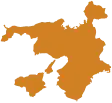






Hokkaido

Tohoku

Greater Tokyo

Central Japan

Kansai

San'in

Setouchi

Shikoku

Kyushu

Okinawa







